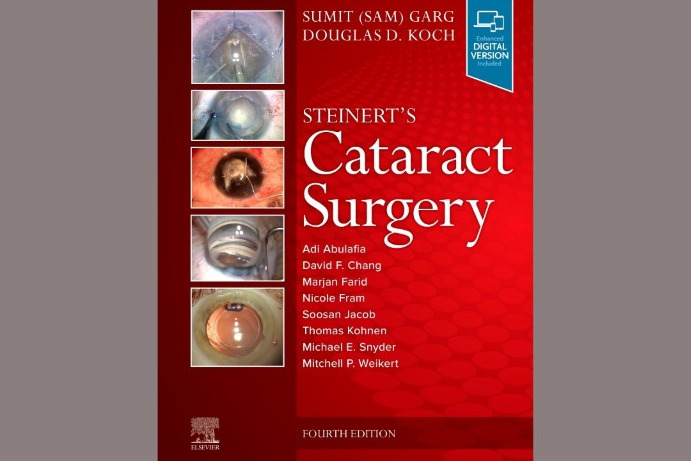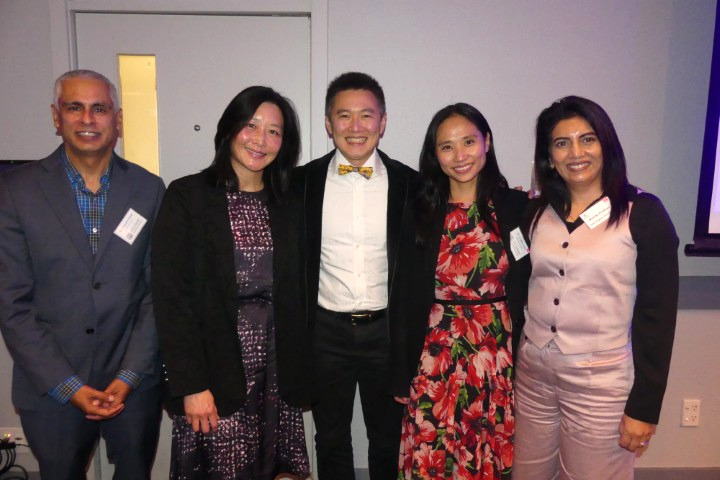Book review: Steinert's Cataract Surgery, 4th edition
Steinert’s Cataract Surgery is an excellent 530-page hardback textbook pioneered by the late Professor Roger Steinert. This edition is edited by Professor Sumit Garg and Dr Douglas Koch, both doyens in the field of cataract surgery. The editors have assembled an extensive group of expert contributors, not only from North America, but also from around the world, to add 10 new chapters and update this more international edition.
The book is particularly well organised, being divided into eight logical, progressive sections, including: preoperative considerations, intraocular lenses, anaesthesia and initial steps, nuclear disassembly, astigmatism management, complex cases, intraoperative complications and postoperative complications. Each section is subdivided into several short chapters, each composed of relatively short, easily readable paragraphs with copious high-quality colour illustrations. Each chapter is also accompanied by links to several online videos which provide a veritable library, bringing a very contemporary and easily digestible feel to the whole product.
Each chapter’s well thought-through structure reveals the expertise of its highly respected author. If one had any small gripes, it would be that the typeface is small and, therefore, slightly dense and intimidating to read when you have two to three pages without illustrations; plus, some of the images are clearly from older editions and could be updated. That said, it is an easy read, with most of its 56 chapters readily explored and their key points assimilated within 30–60 minutes. Combing through the reference section, it is notable that most chapters are well referenced and generally very up to date – no small feat in a subject area that changes very quickly.
The readership of this book likely consists of two main groups. Firstly, residents and other trainees embarking on cataract surgery who wish to have a comprehensive, well-written source with illustrative videos that can provide all the key information in one place. These topics might include cataract development, intraocular lens design, biometry, phacoemulsification techniques and surgical complications. This text covers all those areas well and certainly could be read in conjunction with clinical practice to provide a strong basis for cataract surgery training. The second group is more established practitioners seeking an update in some areas, but who do not necessarily wish to peruse multiple publications to find a comprehensive summary to form an opinion. This book will serve that group well and a copy certainly should be kept in the office or department library to be dipped into. Overall, I genuinely enjoyed reading Steinert’s Cataract Surgery 4th edition and recommend it highly for those involved in the management of cataract.

Professor Charles McGhee heads the Department of Ophthalmology and is director of the New Zealand National Eye Centre at the University of Auckland. His interests include keratoconus, corneal diseases and corneal transplantation, complex cataract and anterior segment trauma, and complex anterior segment pathology, including iris and conjunctival melanoma and other rare anterior segment tumours, for which he receives nationwide referrals.
























